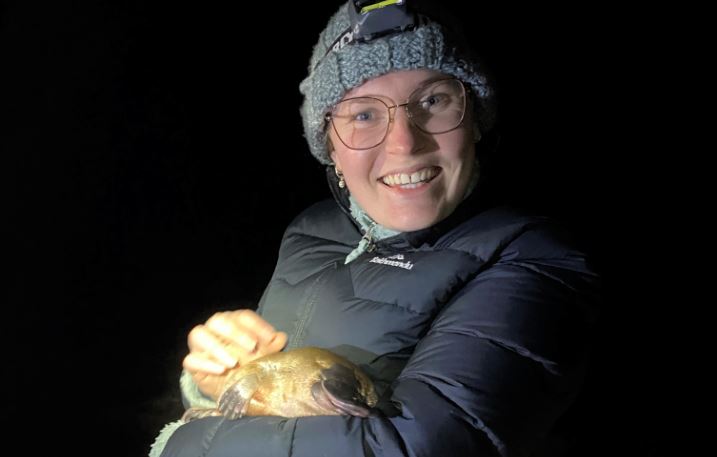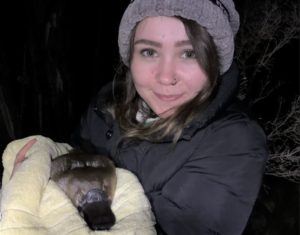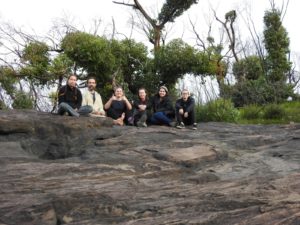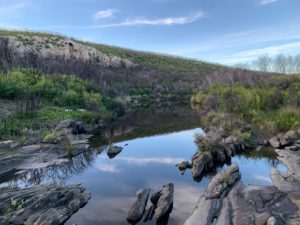
A team of researchers have surveyed the introduced population of platypuses on Kangaroo Island, revealing that the species may be on the road to recovery following the devastation of the 2019-2020 bushfires.
Dr Ryan Baring, who leads the Ecosystem Resilience Research Group at the College of Science and Engineering at Flinders University, and Dr Gilad Bino, senior lecturer at UNSW Sydney's School of Biological, Earth and Environmental Sciences, led the initiative and expedition – with the support of the Department for Environment and Water's Science team and National Parks and Wildlife Service, as well as crowdfunding from citizens.

The researchers spent a week setting traps in the isolated Rocky River area of Flinders Chase National Park in late May to assess the species' condition and population growth.
While native to mainland South Australia, 19 platypuses were introduced to Kangaroo Island from Victoria and Tasmania in the first half of the twentieth century, following steep declines in their natural population. In South Australia, the species is considered functionally extinct from its natural population range, which primarily includes the Murray River system.
Flinders University Animal Behaviour and Biodiversity & Conservation double degree honours student Paris Hughes says the project, which will lead to two follow-up field trips on KI, is providing an invaluable opportunity to work with this "amazing species" and with wildlife experts from around the country.
"t was an incredible opportunity to work on such a beautiful and unique species as the platypus at the awesome location on Kangaroo Island - the Flinders Chase National Park," she says. "It's an incredibly important area for conservation, and we were delighted to capture and release a good mix of eight juvenile and adult animals in the field trip," the double degree Flinders student says.
"We're hoping the animals continue to rebound after drought and last summer's bushfires, particularly as the vegetation and water quality improves over the winter months."
NPWS Kangaroo Island conservation ecologist Mr Heiri Klein says the expedition was a success, although the rocky terrain posed many challenges to the small research team.

"The sites where we thought the platypuses would be were quite isolated, so the team had to walk into most of the remote trapping locations on foot, whilst towing a boat loaded with all the equipment by hand," Mr Klein says.
"Platypuses are most active at night, so the surveys also required wading out in cold water in the pitch black to check traps for eight nights in a row.
"After a trying start, the researchers successfully trapped two healthy juvenile females, two healthy juvenile males, and four mature platypus - two of each gender.

"The age of the juveniles mean they would have been born after the 2020 fires that affected the entire Rocky River catchment, which is great news for the recovering Kangaroo Island platypus population."
The survey also revealed the impact to platypuses in some areas, with no platypus caught further upstream at the Platypus Waterholes or East Melrose Track.
"This was likely as a result of the dry conditions upstream which preceded the fires but also longer-lasting effects of the fires on the habitat and perhaps the platypuses," says NSW platypus expert Dr Bino.
DNA samples taken from the platypuses will be analysed to provide an indication of the likely population size in the Rocky River system, but also possible genetic bottle necks that may affect the viability of the Kangaroo Island population.
The researchers are expected to return to Kangaroo Island in September and perhaps next year to complete the survey sampling to better understand the extent of the platypuses' recovery.






